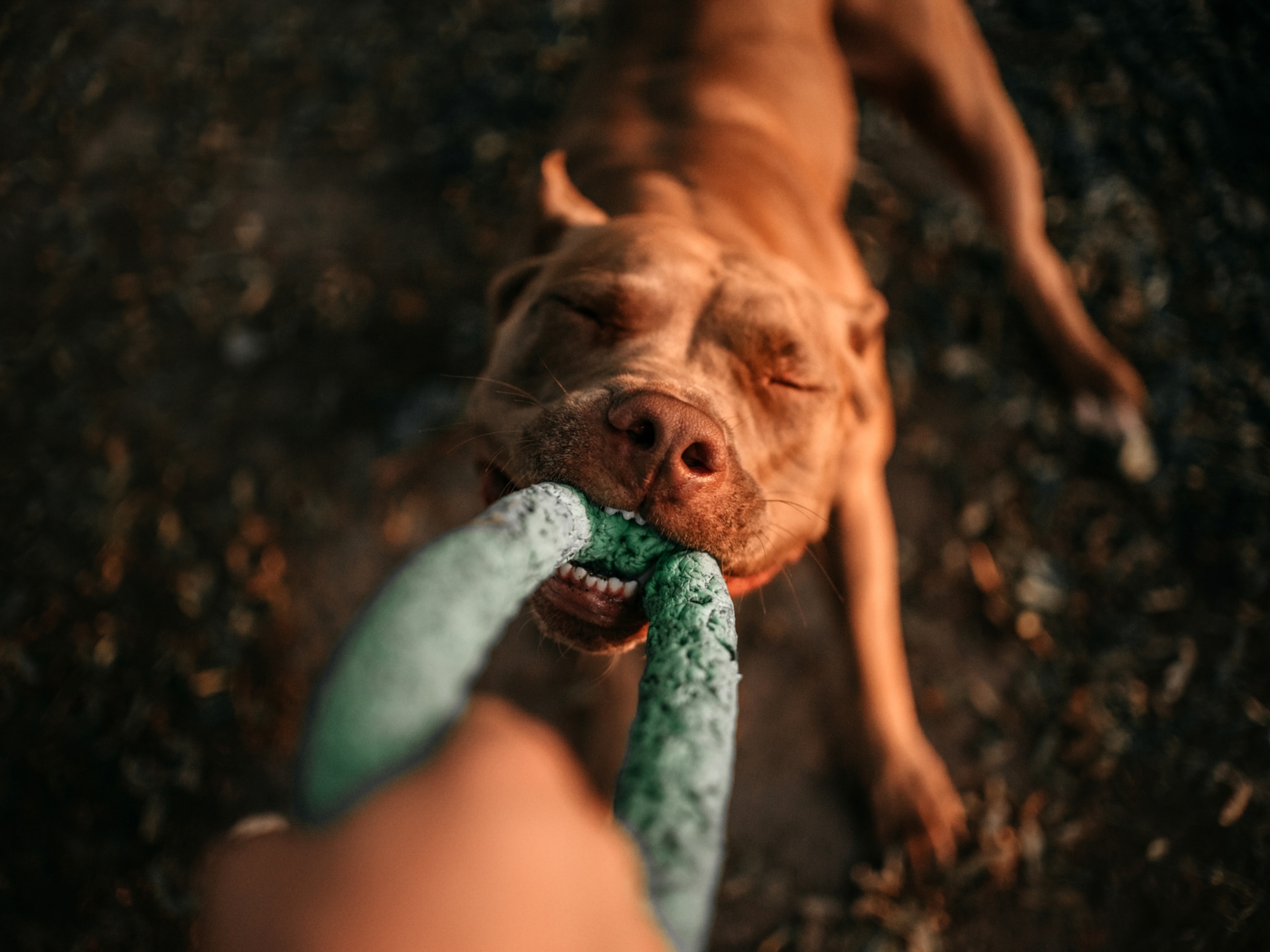
Trick or Treat: Conniving Behavior Discovered in Dogs
Dogs demonstrate deception in new study, deliberately leading humans who withheld treats astray
Dogs have the ability to think through their actions and plan deceptions, according to a study in Animal Cognition.
Marianne Heberlein of the Department of Evolutionary Biology and Experimental Studies at the University of Zürich noticed an odd behavior in her dogs: One would try to distract the other, then steal its bed. She wondered if dogs would also use this conniving behavior in their relationships with humans.
In the study, dogs were paired with two different human companions–one who would give them a treat in their bowl, and one who would show the dog a treat and then withhold it.
The dogs were then taught to lead the humans to boxes containing treats. The generous human would give the dog a treat, but the withholding human would not.
After this step, dogs were presented with three boxes. The first had a delicious sausage treat, the second a more boring biscuit, and the third contained nothing. The dogs knew that they would get to eat all of the treats that remained at the end of the exercise.
When the dogs were asked to lead the humans to the boxes with treats, the dogs didn’t lead the withholding humans to the tastiest treats. More often, they led them to the empty boxes. That means the dogs recognized that their only chance to get the treats was to mislead the withholding humans.
Studies assessing the cognitive capabilities of dogs have increased in recent years. A recent one shows that dogs are able to make inferences. A border collie named Chaser could identify certain objects. When an unfamiliar toy was placed in a pile with those objects, Chaser was able to retrieve it even though she didn’t know the word in the command because she inferred that it was the toy she hadn’t seen before.
Dogs have also been found to shun unhelpful people, similar to behavior shown in human infants and capuchin monkeys. In a study, a dog’s owner would ask another person for help with a task, and some people would help and others would not. There was always also a neutral observer in the room. When offered a treat by both people, the dogs often chose the neutral observer over the unhelpful assistant, potentially showing community and loyalty. (Read more about doggy intelligence tests.)
Humans may only be interested in the so-called intelligence of dogs because we want to think they’re like us–or brag that our preferred breed s the smartest, though, according to Brian Hare of Duke University’s Canine Cognition Center, there is no demonstrable difference among breeds.
Still, the research shows that the next time you withhold a treat from your dog, your dog may figure out a way to get what it wants.





